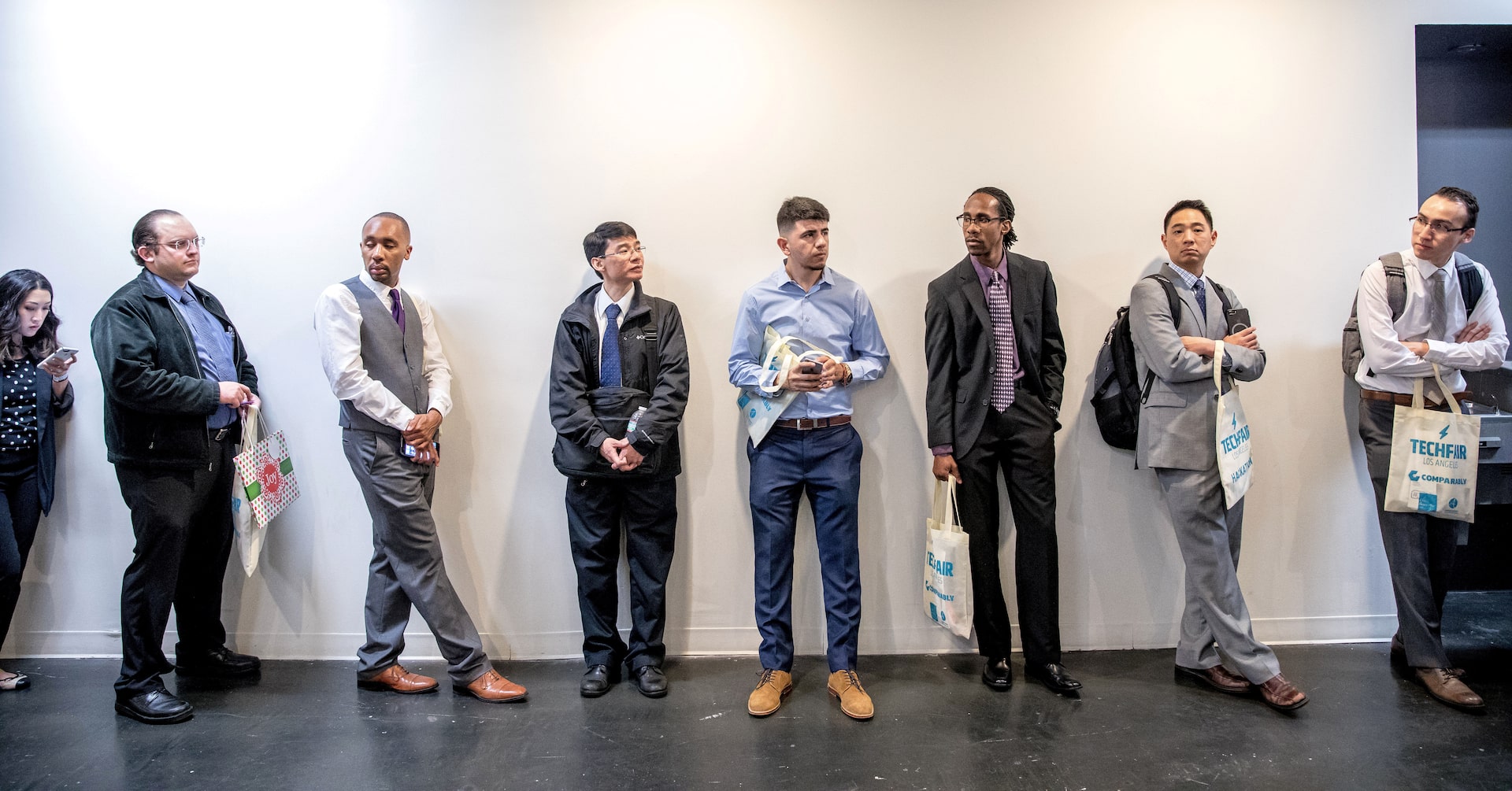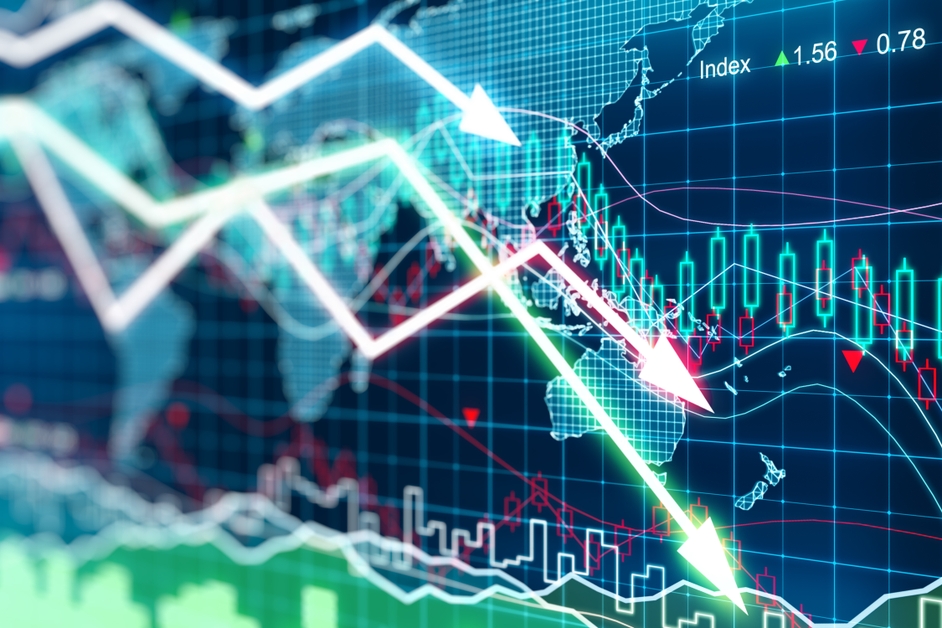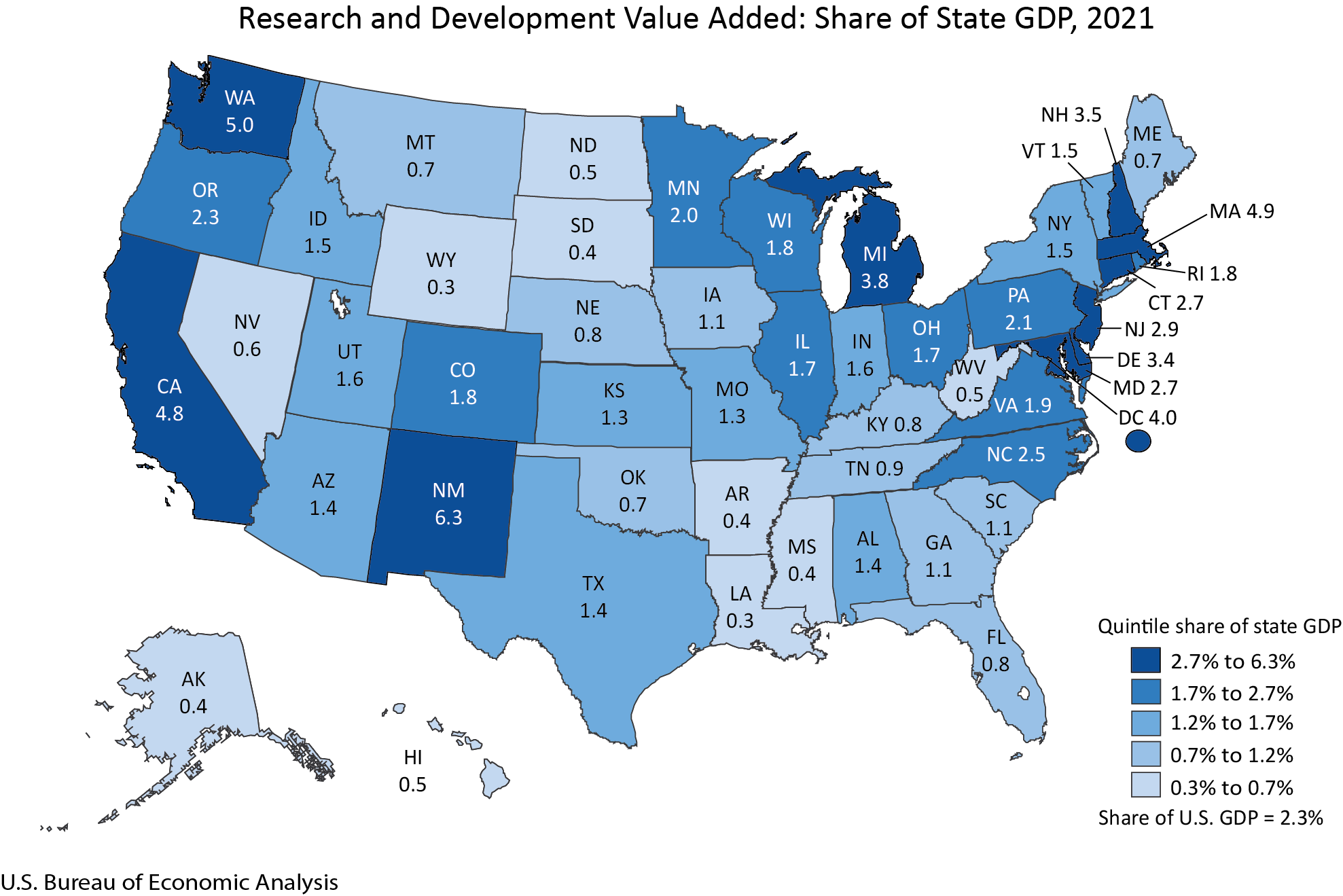Getting some answers from the US consumer puzzle | articles

That leaves credit as the primary source for many households to be able to increase spending. But with credit card borrowing costs at all time highs and car loans at 20+ year highs, this is hardly sustainable. Indeed, delinquency rates on consumer loans are rising sharply, and Philly Fed data suggests more than 10% of households are only making the minimum payment on their credit cards as of the last quarter of last year.
If business surveys, such as the ISM employment series and the NFIB hiring intentions survey, are correct and job losses become a reality, it is difficult to see consumers as the driving force of economic growth in the second half of 2024 as they have been over the past few years. Intensifying weakness in lower-income household spending power runs the risk of offsetting what we see in those higher-income brackets.
Such an outcome will help dampen inflation pressures and, if we see the unemployment rate start to rise, both the Fed’s and the market appetite for interest rate cuts will intensify. We continue to look for three interest rate cuts this year, starting at the September FOMC meeting.





